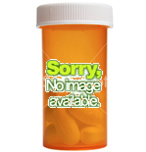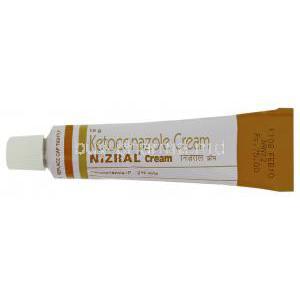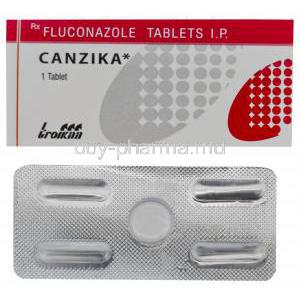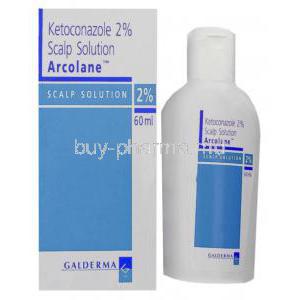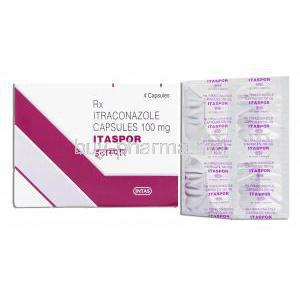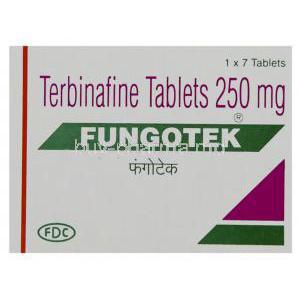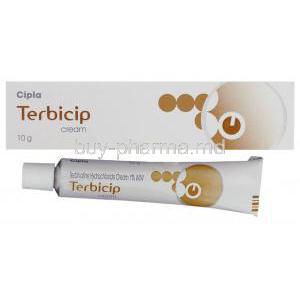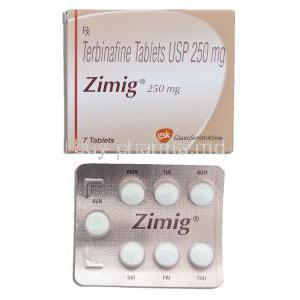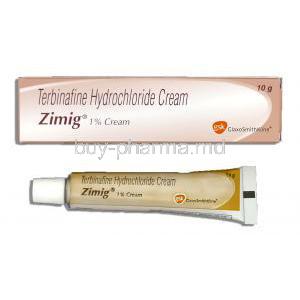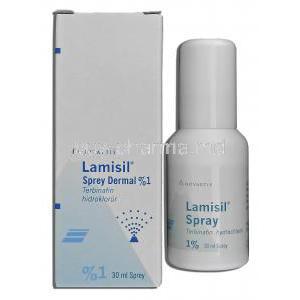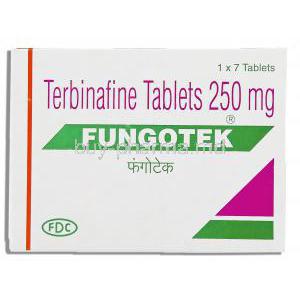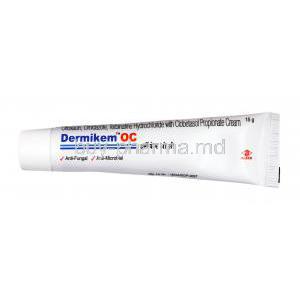Lamisil Cream, Gel
- 1. Introduction to Lamisil Cream and Gel
- 2. Active Ingredient in Lamisil
- 3. Mechanism of Action: How Lamisil Cream and Gel Work
- 4. Approved Medical Uses of Lamisil Cream and Gel
- 5. Off-Label Uses of Lamisil Cream and Gel
- 6. Lamisil Dosage and Administration Guidelines
- 7. Lamisil Side Effects
- 8. Common Side Effects
- 9. Lamisil Interactions
- 10. Contraindications for Lamisil Cream and Gel
- 11. Warnings and Cautions Before Use
- 12. Careful Administration and Monitoring
- 13. Use in Special Populations
- 14. Overdose and Accidental Ingestion
- 15. Handling Precautions and User Instructions
- 16. Storage and Stability Guidelines
1. Introduction to Lamisil Cream and Gel
Lamisil Cream and Gel are topical antifungal agents known for their potent efficacy against superficial fungal infections. Designed for direct application to the skin, these formulations deliver targeted treatment at the site of infection, bypassing systemic circulation.
Available in two primary forms, cream and gel, Lamisil accommodates varying skin types and infection presentations:
- Cream: Richer texture, suitable for dry or scaly skin
- Gel: Lightweight and quick-drying, ideal for moist or hairy areas
Part of the allylamine class of antifungal medications, Lamisil received initial approval in the 1990s and has since maintained a reputation for rapid, broad-spectrum antifungal action.

2. Active Ingredient in Lamisil
Lamisil Generic
The active pharmaceutical ingredient in both Lamisil Cream and Gel is Terbinafine Hydrochloride, typically at a 1% concentration. This compound disrupts fungal cell metabolism, ensuring effective eradication.
Formulation differences lie primarily in the excipients:
- Cream: May include cetyl alcohol, benzyl alcohol, and stearyl alcohol for emollient effects
- Gel: Contains hydroxyethyl cellulose, isopropyl myristate, and ethanol for rapid absorption and drying
Pharmacologically, terbinafine belongs to the allylamine subclass and demonstrates superior activity against dermatophytes compared to other antifungal classes like azoles.

Lamisil vs lotrimin
Both Lamisile (terbinafine) and Lotrimin (clotrimazole) are types of antifungal medications; however, they differ in their chemical forms and intended purposes. Lamisile is mainly found in the form of a cream gel or spray as well as oral tablets; it contains terbinafine that disrupts fungal cell membranes. On the other hand, Lotrimin is typically available as a cream, lotion, powder, or spray; it contains clotrimazole that harms the structure of fungal cell walls. Many people tend to opt for Lamisil when dealing with infections caused by dermatophytes; on the other hand, Lotrimin is a choice for yeast infections and is known to be milder on delicate skin types.
Lamisil vs tinactin
The active ingredient in Lamisil is terbinafine, whereas Tinactin contains tolnaftate as its ingredient. Lamisil is typically prescribed for nail infections (onychomycosis). It can also be used for skin infections on the body. Tinactin is usually recommended for treating skin infections such as athlete's foot, ringworm, and jock itch.
Clotrimazole vs lamisil
Lamisil is generally preferred for more severe or persistent fungal infections, while Clotrimazole is often sufficient for milder cases.
Lamisil vs sporanox
Lamisil (terbinafine) and Sporanox (itraconazole) are both antifungal medications, but they are used to treat different types of fungal infections and have varying characteristics. Lamisil is often the first-line treatment for fungal nail infections, while Sporanox is used for more systemic or severe fungal infections, including some nail infections.
Jublia vs lamisil
Jublia and Lamisil are both used to treat toenail fungus, but they differ significantly in their application and potential side effects. Lamisil (terbinafine) is an oral medication, typically taken as a tablet once a day for several weeks, and can have systemic side effects. Jublia (efinaconazole) is a topical solution applied directly to the affected nail, and while it's generally well-tolerated, it can cause local irritation
Lamisil vs ketoconazole
Ketoconazole has a broader spectrum of activity against a wider range of fungi, including those causing systemic infections. Lamisil is more targeted towards dermatophytes (fungi that cause skin infections).
3. Mechanism of Action: How Lamisil Cream and Gel Work
When this pathway is blocked:
- Squalene accumulates to toxic levels within the fungal cell
- Cell membrane formation is impaired
- Fungal cells rupture and die
Its activity is typically fungicidal against dermatophytes and fungistatic against certain yeasts and molds, depending on local concentration and site-specific factors.
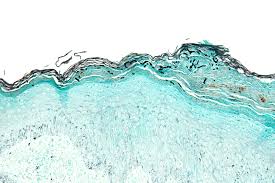
4. Approved Medical Uses of Lamisil Cream and Gel
Lamisil is widely approved for the treatment of multiple dermatophytic and yeast infections:
- Lamisil for toenail fungus: Terbinafine is a first-choice treatment option for fingernail and toenail fungus.
- Lamisil for athlete's foot: Especially effective in interdigital and plantar forms
- Lamisil cream for jock itch: Alleviates itching, inflammation, and scaling in groin folds
- Lamisil for ringworm: Treats circular, red, and inflamed skin lesions
- Cutaneous candidiasis: Addresses Candida albicans infections in skin folds
- Pityriasis versicolor: Rebalances skin affected by Malassezia species

5. Off-Label Uses of Lamisil Cream and Gel
Although not officially approved, clinicians occasionally recommend Lamisil for:
- Seborrheic dermatitis: Reduces Malassezia-associated inflammation
- Adjunctive therapy for onychomycosis: Applied around the nail bed with oral antifungals
- Persistent fungal infections in immunocompromised patients: Local fungal suppression
- Fungal-associated acne: Topical relief when Malassezia plays a contributing role
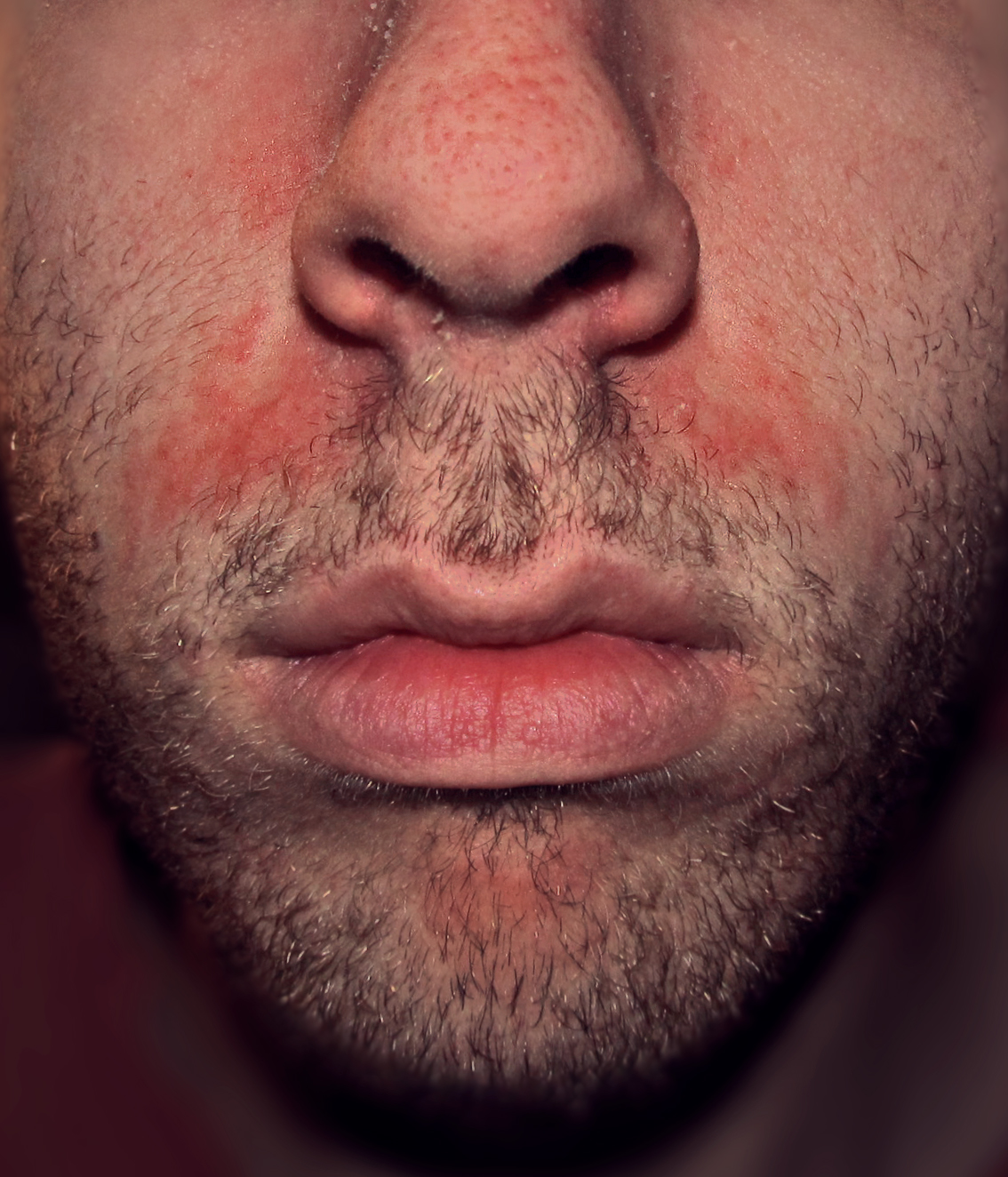
6. Lamisil Dosage and Administration Guidelines
Standard regimens:
- Tinea pedis: Once or twice daily for 1-2 weeks
- Tinea cruris and corporis: Once daily for 1 week
Application protocol:
- Clean and dry the affected area thoroughly
- Apply a thin layer over the infected and surrounding skin
- Massage gently into the skin
Missed doses should be applied as soon as remembered. Therapy should not be extended without guidance if no improvement is observed within two weeks.
7. Lamisil Side Effects
Topical use is generally well tolerated. Nonetheless, some users may experience dermatologic reactions:
- Irritation: Burning, stinging, or discomfort at the site of application
- Inflammation: Erythema and localized swelling
- Desquamation: Peeling or scaling of treated skin
- Hypersensitivity: Rare but includes allergic contact dermatitis and urticaria
Discontinue use immediately if blistering, severe redness, or signs of infection occur.

8. Common Side Effects
The following effects are more commonly reported but usually transient:
- Burning or tingling at application site
- Mild erythema or rash
- Dryness or peeling of skin
- Temporary skin discoloration
These symptoms typically resolve without intervention as the skin acclimates to the medication.
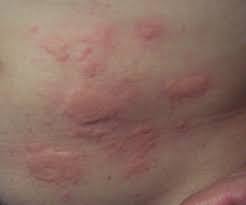
9. Lamisil Interactions
Although systemic absorption is minimal, interactions may arise in certain scenarios:
- Layering with other topical agents: May reduce efficacy or heighten irritation
- Corticosteroid use: May blunt antifungal activity or promote fungal persistence
- Antibiotic creams: Risk of cross-reactivity or compounded irritation
- Occlusive dressings: May enhance systemic absorption and side effect profile

Lamisil and alcohol
While it's okay to have a drink while on Lamisil (terbinafine). It's best to be cautious and moderate your alcohol intake when taking the medication—especially if you've had liver issues before, because both Lamisil and alcohol can impact the liver adversely when combined and may raise the chances of liver harm or other unwanted effects. Remember to stagger the use of skincare products or seek advice from a healthcare provider before mixing treatments.

10. Contraindications for Lamisil Cream and Gel
Lamisil Cream and Gel are contraindicated in specific clinical scenarios that warrant cautious avoidance. Patients with a documented hypersensitivity to terbinafine hydrochloride or any component of the formulation should refrain from use due to the risk of severe dermatologic or systemic reactions.
Use is also contraindicated in individuals with a history of intense cutaneous adverse reactions to topical or systemic antifungal agents, particularly those manifesting as Stevens-Johnson syndrome, toxic epidermal necrolysis, or allergic contact dermatitis.
Avoid applying Lamisil to open wounds, raw skin, or mucosal membranes such as the eyes, nose, mouth, or genitals. Absorption through compromised skin may elevate the risk of irritation or systemic effects.
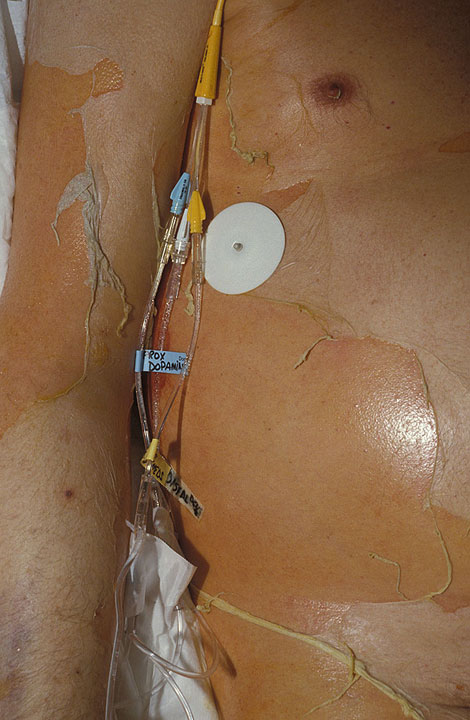
11. Warnings and Cautions Before Use
Clinical prudence is necessary before commencing treatment with Lamisil Cream or Gel. Direct contact with sensitive mucous membranes should be meticulously avoided:
- Do not apply near the eyes, nostrils, lips, or genitals
- Flush immediately with water if accidental contact occurs
Improper use such as under-application, overuse, or inconsistent dosing may lead to therapeutic failure or worsening of the fungal infection.
Secondary bacterial infections may emerge if fungal overgrowth causes skin breakdown, particularly in occluded or intertriginous regions.
Lamisil is not indicated for onychomycosis (fungal nail infections). Its limited penetration renders it ineffective for infections within the nail matrix or bed.
Lamisil and sun exposure
Taking this medication could increase your skin's sensitivity to sunlight, which might lead to a red or scaly skin rash or unusual reactions to the sun's rays; it is important to inform your doctor in cases and remember to use sunscreen when spending time outdoors while avoiding sunbeds and sun lamps.

12. Careful Administration and Monitoring
Patients with reactive or hypersensitive skin conditions should use Lamisil under supervision. Perform a patch test if in doubt about skin compatibility.
During treatment, monitor for emerging signs of allergic responses:
- Persistent burning or stinging
- Swelling, blistering, or oozing
- Worsening erythema beyond the treatment zone
Prolonged, unsupervised use is discouraged. If symptoms persist or worsen after two weeks of use, a re-evaluation is necessary to rule out resistant infections or misdiagnosis.
13. Use in Special Populations
a. Administration to Elderly Patients
Geriatric patients may exhibit increased susceptibility to topical irritation due to thinner epidermal layers and reduced skin hydration. Extra caution is advised to prevent excoriation or tearing of fragile skin.
Delayed epithelial regeneration in older adults can prolong healing time, necessitating longer duration of therapy or adjunctive supportive measures such as moisturizers.
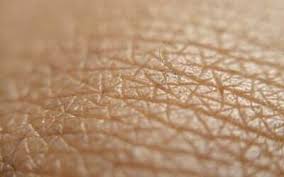
b. Administration to Pregnant and Nursing Women
Topical terbinafine is classified as Pregnancy Category B. Animal studies have not demonstrated fetal harm; however, human data remain limited.
- Use during pregnancy only if the potential benefit justifies the potential risk
- Preferable to avoid use during the first trimester
For nursing mothers, topical application is permissible provided it is not applied to the breast or chest area where infant contact may occur. Systemic absorption is minimal, but caution is advised due to a lack of controlled lactation studies.

c. Administration to Children
Lamisil is generally safe in children over the age of 12. For younger children, off-label use may be considered under medical supervision.
Dosing should be adjusted according to surface area and severity of infection. Pediatric skin may absorb topicals more rapidly, increasing the likelihood of irritation or sensitization.
Clinical trials in children are limited, but observational data support its efficacy in pediatric tinea infections when used correctly.
14. Overdose and Accidental Ingestion
Topical overdose is rare but may result in intensified local irritation, scaling, or chemical dermatitis, especially if applied excessively or under occlusion.
Ingestion of Lamisil Cream or Gel, though unlikely to be severely toxic, can cause gastrointestinal symptoms such as:
- Nausea
- Vomiting
- Abdominal pain
In such cases, symptomatic treatment is advised. Activated charcoal may be administered if ingestion is recent. Seek emergency medical assistance if a child swallows the product or if systemic symptoms occur.
15. Handling Precautions and User Instructions
For safe and hygienic use:
- Wash hands thoroughly before and after application
- Apply only a thin film to the affected area
- Do not cover with airtight bandages unless instructed
To prevent cross-contamination or nosocomial spread, avoid sharing the product with othersâeven among family members.
Discard any leftover medication beyond the expiration date. Empty tubes should be disposed of in accordance with local pharmaceutical waste regulations.
16. Storage and Stability Guidelines
To maintain product integrity:
- Store at controlled room temperature (15°C to 30°C or 59°F to 86°F)
- Protect from excessive heat, light, and moisture
Once opened, the product is generally stable for several months, but check manufacturer guidance for specific post-opening shelf life.
Signs of spoilage include:
- Unusual odor or color change
- Separation or hardening of cream or gel
- Visible mold or particulate matter
Discard immediately if any of these abnormalities are present.
Lamisil Cream, Gel FAQ
- What is Lamisil used for?
- How long is it safe to take Lamisil?
- What to avoid while on Lamisil?
- Is Lamisil safe for kidneys?
- Can you use Lamisil every day?
- How do I know if Lamisil once is working?
- Does Lamisil treat ringworm?
- What is the best time of day to take Lamisil?
- What organ does Lamisil affect?
- What are the benefits of Lamisil?
- Can you shower after using Lamisil once?
- Is Lamisil FDA approved?
What is Lamisil used for?
Terbinafine is the component in Lamisil that is commonly used to combat a variety of infections effectively and primarily acts as an antifungal medication.
How long is it safe to take Lamisil?
2-6 weeks
What to avoid while on Lamisil?
Caffeine
Is Lamisil safe for kidneys?
Yes
Can you use Lamisil every day?
Yes
How do I know if Lamisil once is working?
Your skins condition ought to show signs of improvement in a matter of days.
Does Lamisil treat ringworm?
Yes
What is the best time of day to take Lamisil?
Morning or evening
What organ does Lamisil affect?
Liver
What are the benefits of Lamisil?
Lamisil is used to treat infections by combatting fungus.
Can you shower after using Lamisil once?
No
Is Lamisil FDA approved?
Yes

